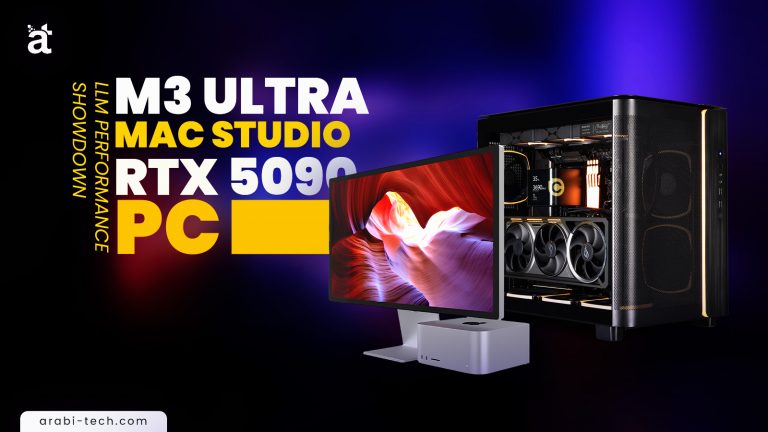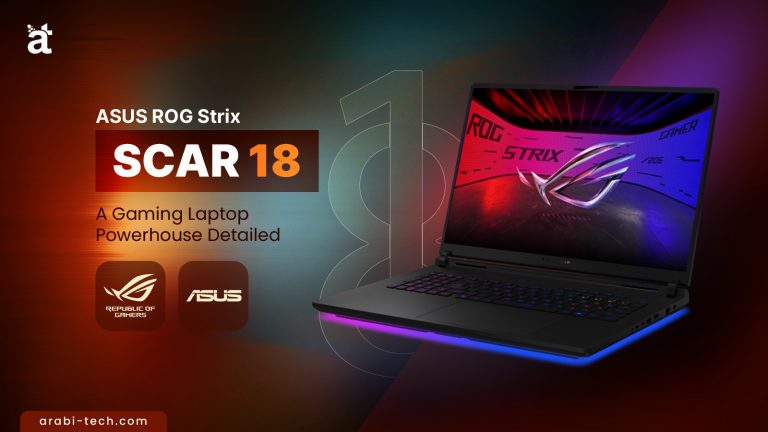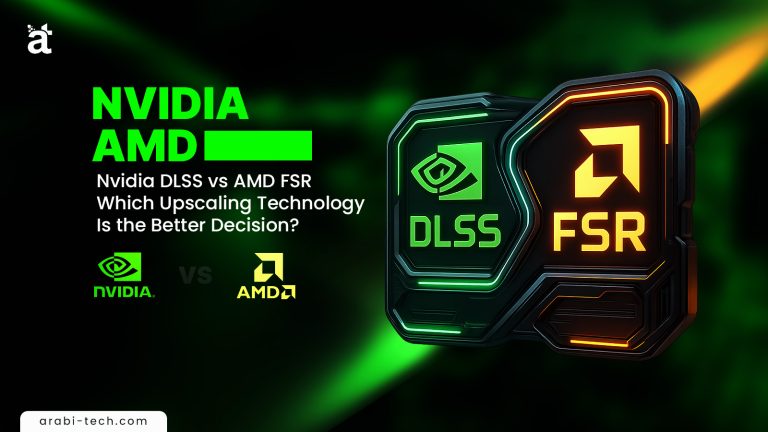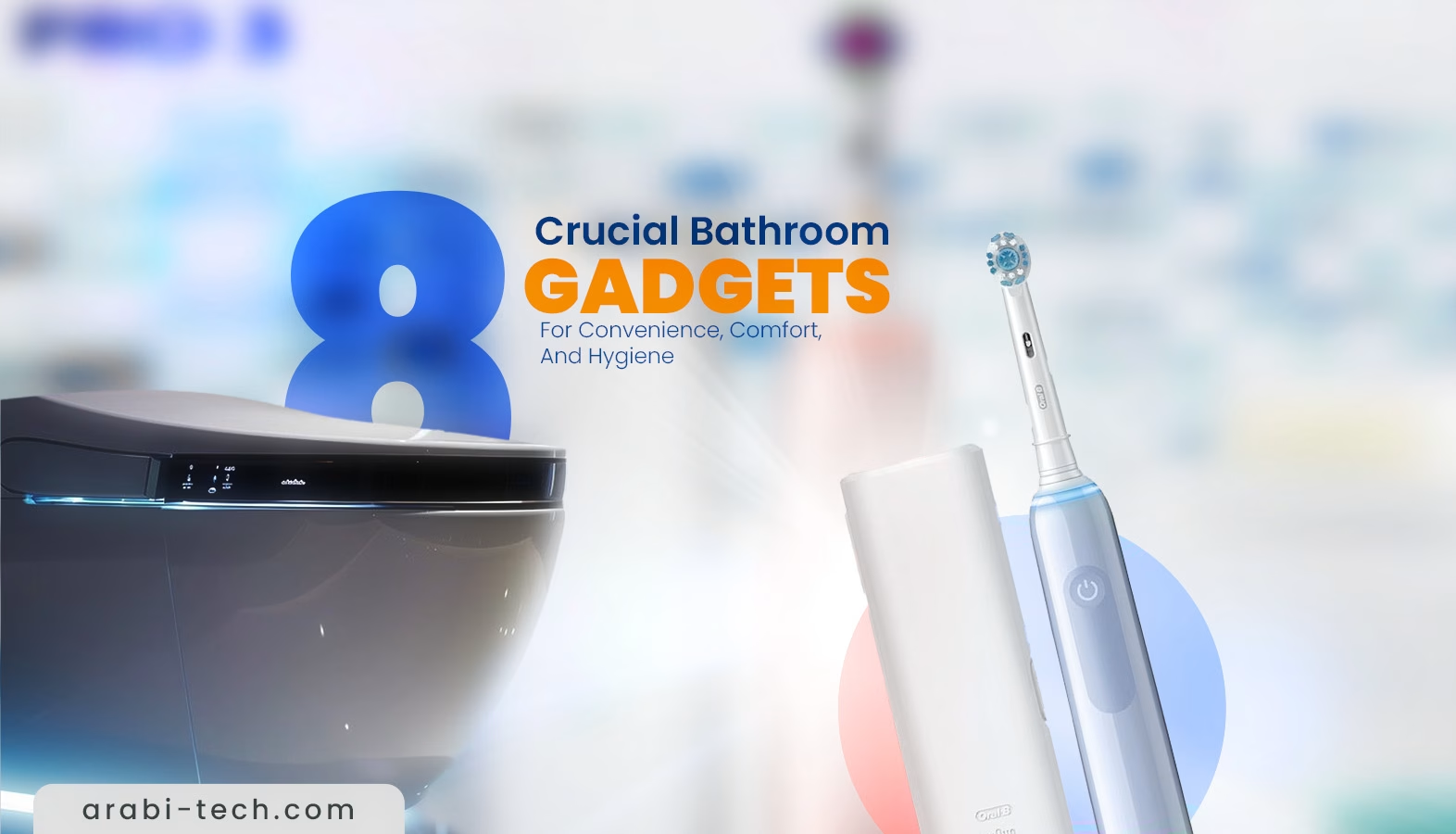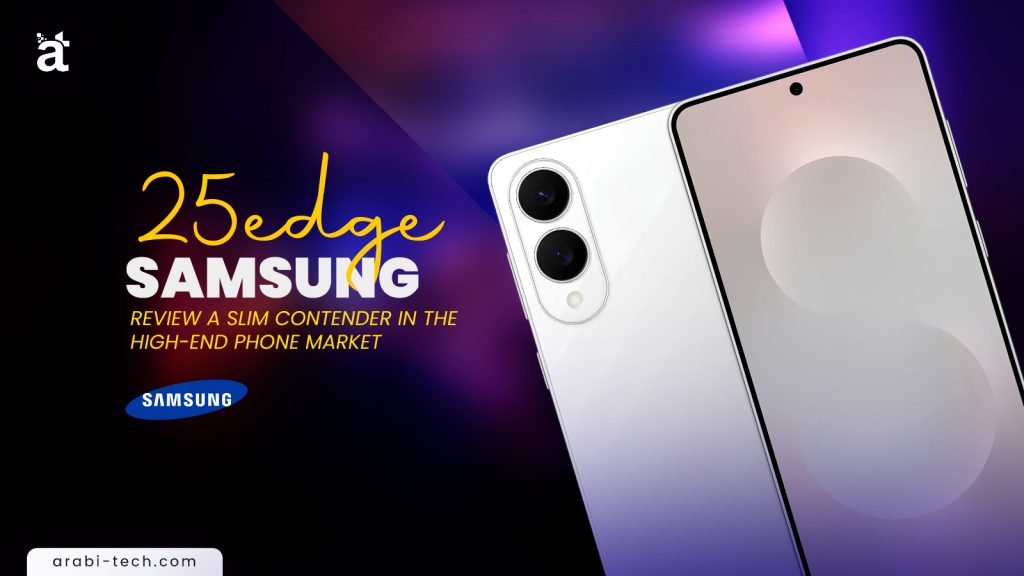
Audio article :
Samsung S25 Edge – review – A Slim Contender in the High-End Phone Market
Samsung is introducing its brand new S25 Edge. This device measures just 5.8mm thick, making it almost 30% thinner than the S25 Ultra. It appears to be part of an emerging trend of ultra-slim, high-end phones. This raises several questions: How was such a thin phone built? Why this push for thinness, and what are the supposed benefits? And finally, should consumers consider buying it, or is it merely an aesthetically pleasing but potentially impractical device?
Table of Contents
Samsung S25 Edge vs S25 Ultra – Comparison
| Feature / Aspect | S25 Edge | S25 Ultra | Notes / Comparison |
|---|---|---|---|
| Thickness | 5.8mm | Thicker (Implied ~7.9mm+) | Edge is ~30% thinner, core selling point. |
| Weight | ~25% Lighter | Heavier | Noticeable in-hand feel improvement. |
| Construction | Titanium Frame | Titanium Frame | Maintains premium build quality. |
| Front Glass | Gorilla Glass Ceramic 2 | Gorilla Glass Ceramic 2 | Top-tier protection, better than S25 Plus (Victus 2). |
| Display Coating | Standard | Advanced Anti-Reflective | Ultra offers better outdoor visibility. |
| S Pen | Not Included | Built-in | Major feature omission for thinness. |
| Main Camera | 200MP (Flattened Lens) | 200MP | Same sensor, Edge output potentially slightly softer. Still high-end. |
| Zoom Cameras | None (No 3x or 5x) | 3x & 5x Optical Zoom | Significant camera versatility removed. |
| Ultrawide Camera | 12MP (with Autofocus) | 50MP (with Autofocus) | Lower resolution on Edge, but crucially retains AF for Macro shots. |
| Laser Autofocus | Removed | Included | Removed on Edge. |
| Speakers | Less “thump” / bass | More “thump” / bass | Compromise due to reduced internal space. |
| Battery | 3900mAh | 5000mAh | Significant reduction. Major potential concern for longevity. |
| AI Features | Galaxy AI (Object Eraser, Gen Edit, Visual AI, etc.) | Galaxy AI (Object Eraser, Gen Edit, Visual AI, etc.) | Shares the latest AI capabilities. |
| Price (UK – Current Retail) | £1099 | £1099 | Same price as Ultra for fewer hardware features. (£150 cheaper than Ultra *launch* price). |
| Target Audience | Values style, thinness, premium feel over max specs. | Wants maximum features, camera versatility, S Pen. | Edge positioned as a “style” premium alternative. |
| Key Concerns for Edge | Battery Size (small), Case Dilemma (negates thinness). | Practicality trade-offs for aesthetics. | |
How the S25 Edge Achieves Its Slim Profile
The thinness of the S25 Edge is achieved by taking the top-end Galaxy S25 Ultra and removing several components. Specifically, the Edge has two fewer cameras; it lacks the 3x zoom camera and the 5x zoom camera found on the Ultra. Additionally, the laser autofocus system has been omitted.
While the phone retains an ultrawide camera, this component has been downgraded. Instead of the 50-megapixel ultrawide on the Ultra, the Edge features a 12-megapixel version.
Further contributing to its slimness, the S25 Edge does not include a built-in S Pen, unlike the Ultra. The screen also forgoes the advanced anti-reflective coating that improves visibility on the Ultra model. In terms of audio, blind testing revealed that the speakers on the Edge have less “thump” compared to those on the Ultra, likely due to the reduced internal space.
Finally, the Edge houses a significantly smaller battery: 3900mAh compared to the Ultra’s 5000mAh.
The In-Hand Feel: A Positive Trade-off?
Despite these feature reductions, the S25 Edge offers a notably improved in-hand feel. The experience of picking up the Edge is reminiscent of first handling a MacBook Air or one of the newer iPads. The 30% reduction in thickness and 25% reduction in weight, while perhaps not sounding transformative on paper, are definitely noticeable in practice.
This enhanced ergonomic feel is particularly noteworthy because, unlike many lightweight phones that achieve their lightness through the use of less premium plastic materials, the S25 Edge maintains a premium titanium construction and top-end Gorilla Glass Ceramic 2 on its screen. It successfully combines a slim and light form factor with high-quality materials. This allows users to enjoy modern luxuries like an ultra-bright, almost borderless display and Samsung’s advanced AI features (such as Object Eraser and Generative AI Editor) in a very sleek package.
The Price Paradox
Here’s where the proposition becomes somewhat perplexing. While Samsung has made the S25 Edge thinner by cutting features, the price has not been proportionally reduced. The S25 Edge is set to release at £1099 in the UK.
While this is £150 cheaper than the S25 Ultra’s launch price, it is the exact same price as the current retail price for the S25 Ultra directly from Samsung. This means consumers can either buy the S25 Ultra with all its features or the S25 Edge with fewer features for the same amount of money.
The “Why”: An Alternative Path for Consumers
Why would Samsung create a phone that, on paper, seems to offer less for the same price? The reasoning might be to provide an alternative path for a specific type of consumer.
Consider individuals with high disposable income who value aesthetics and a premium feel. For this demographic, the primary decision point is not necessarily about maximizing features per pound spent. If a user is not particularly tech-savvy or doesn’t require specialized features like 100x space zoom or an advanced S Pen, there’s little incentive to spend more than the £850 required for a standard S25 Plus model. The S25 Plus might even be a better fit for such users due to its slimmer and more compact design compared to the feature-packed Ultra.
The S25 Edge, therefore, exists to cater to consumers who want to spend more (in the Ultra price bracket) but don’t necessarily crave all the extra technology of the Ultra. Instead, they can opt to spend that premium on “style” – the sleek, thin design of the Edge.
Shared Features with the Ultra and Camera Considerations
Despite the differences, the S25 Edge does share some key features with the S25 Ultra. It still incorporates the same top-of-the-line 200-megapixel main camera sensor previously exclusive to Samsung’s Ultra phones. To maintain the slim profile, the lens structure has been flattened. This modification seems to result in slightly softer image output compared to the S25 Ultra’s main camera, though it’s still superior to what would be expected from an S25 Plus.
Regarding the ultrawide camera, while its quality is not on par with the Ultra’s, it importantly retains autofocus. This means it can also function effectively for close-up macro shots, a feature often compromised on less premium models. The Ceramic 2 glass on the front of the Edge offers strength comparable to the Ultra and superior to the Victus 2 glass found on other Samsung phones.
A noteworthy new AI feature, which has emerged since the S25 series launch, is real-time visual AI. While the execution isn’t perfect, the concept is impressive. Similar to real-time chat with Gemini Live, users can now engage in video calls with the AI. For example, one could show a coffee maker to the AI via video and ask, “Is this where I put the beans?” The AI can visually identify where the user is pointing and respond, even offering to send a link for a necessary filter. This is a compelling technological advancement.
The Rationale: Style Over Pure Specs
Broadly, the S25 Edge’s pricing positions it close to the S25 Ultra, but feature-wise, it aligns more with the S25 Plus. This strategy is somewhat analogous to Samsung’s Z Flip foldable phones, where consumers pay a premium not necessarily for superior internal technology, but for a unique aesthetic and “vibe.”
The S25 Edge offers an alternative for self-expression for users who desire a premium, stylish device but do not require or want a foldable phone. This trend of thin, premium flagship phones is expected to grow, with Apple also rumored to be releasing similar devices.
For many consumers, especially those less focused on intricate tech specifications, a phone that is 30% thinner will feel like a more noticeable and tangible change than incremental upgrades to camera sensors, charging speeds, or screen brightness – the typical improvements that tech enthusiasts might prioritize.
Should You Buy the S25 Edge? Key Concerns
While the rationale for the S25 Edge’s existence is understandable, the decision to purchase it involves careful consideration of two significant factors:
- The Case Dilemma: Buying an ultra-thin phone like the S25 Edge often necessitates a protective case. However, adding a thick, hard-backed case to protect such a delicate design somewhat defeats the purpose of sacrificing features for thinness in the first place. A thicker, more robust phone with more features, paired with a thinner case, might be a more practical solution for many. While materials are improving, a thin phone is inherently more delicate than a thicker one, though likely more durable than very thin phones from a decade ago (like the iPhone 6 Plus, which was prone to bending).
- Battery Size: This is arguably the more significant issue. While chopping out pro features like telephoto cameras and S Pens is justifiable for users who won’t use them, battery life is a universal concern. Most users, regardless of their technical expertise, benefit from a larger battery. The S25 Edge’s battery is not just average; it’s small by today’s standards. While “all-day battery” is often claimed by manufacturers, this usually implies moderate use. If this were a more energy-dense silicon-carbon battery, the smaller capacity might be less of a concern, but it is not.
Therefore, it’s likely that after a few years of use, once the initial novelty of the slim design has worn off and the battery has naturally degraded, users might regret prioritizing thinness over battery longevity.
A Niche Appeal and the Role of Marketing
The S25 Edge is likely to appeal to a specific demographic, such as those who value a luxurious, slim device and are less concerned with maximizing technical specifications. It’s the kind of phone one might consider for a parent who appreciates a premium feel but doesn’t need or use advanced features.
A significant factor in its success will be how it is marketed and presented in stores, especially when placed next to the identically priced S25 Ultra.
#Samsung S25
Best Article of the Month:
- Smart Travel: How Digital Tools Are Changing The Way Vacations Are Taken
- The 10 Best Cool Gadgets To Give Your Friends And Family
- The Best Time Of Year To Buy Laptops, Phones And More
- Top 5 IoT Sensors That Every Farmer Needs For Smart Farming
- Review the CMF Phone 2 Pro
- Samsung S25 Ultra: A Reassessment After Three Months

